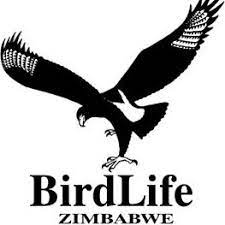CONSERVATION
Migratory Birds & Flyways
Flyways encompass the whole life cycle of migratory birds. Migratory birds need to stop for food and rest on their migrations, relying on a fragile chain of undisturbed wetlands and woodlands (shorebirds will use coastal stopover sites) where food is plentiful. One broken link in the chain of critical sites connecting the Arctic and the tropics can impact the viability of migratory bird populations, including shorebirds.
The East Atlantic Flyway Initiative (EAFI)
The EAFI is a BirdLife Partner-driven initiative geared towards the protection of migratory birds and their habitats along the East Atlantic Flyway.
Zimbabwe is situated at the tail end of the flyway.
EAFI Draft Workplan 2024
Output 1. Improved understanding of key threats for species along the flyway, including where and when they operate; where possible, solutions identified and tested.
Output 2. Improved conservation status and management of important sites and habitats for migratory birds.
Output 3. Capacity of BirdLife partners strengthened to undertake coordinated conservation action at the appropriate scale along the East Atlantic Flyway.
Output 4. Collaboration among BirdLife allies and other key stakeholders strengthened along the East Atlantic Flyway.
Output 5. National, regional and global policies influenced to benefit migratory birds along the East Atlantic Flyway.
Output 6. Increased awareness of the benefits of coordinated work across the Flyway.
Output 7. Continued effective promotion and coordination of East Atlantic Flyway Initiative through Coordination Group.
In a breakthrough for ecosystem mapping, researchers at The University of Cambridge and global environment non-profit The Nature Conservancy (TNC) have published the first globally consistent map of Earth’s tidal marshes.
